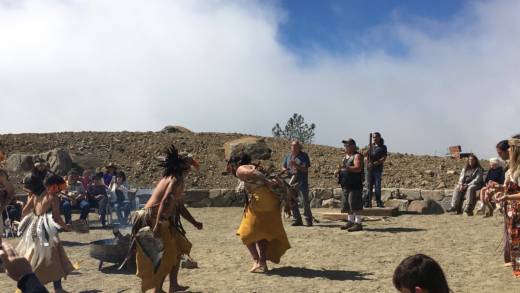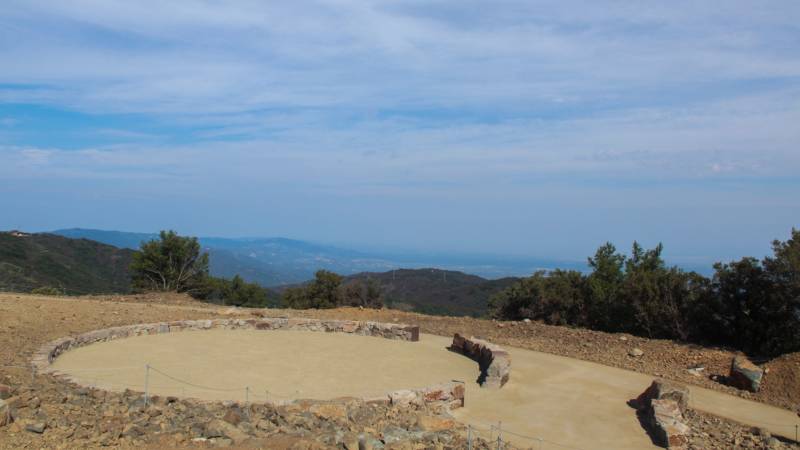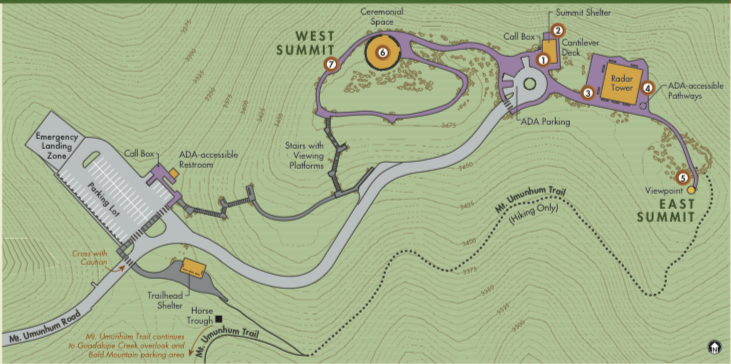Thousands of years before Europeans arrived, Native Americans who lived near San Jose would come to the summit of Mount Umunhum to pray and cultivate medicinal plants. Now, they’ll be able to do that again, thanks to a new kind of “cultural conservation easement," a deal that could become a model for other tribes looking to re-establish access to their ancestral lands.
Wednesday night, the board of the Midpeninsula Regional Open Space District voted unanimously to grant local Native Americans property rights to 36 acres at Mount Umunhum, which was formerly home to the Almaden Air Force Station.
Valentin Lopez chairs the Amah Mutsun Tribal Band, a group of 600 people descended from tribes who lived near the mountain. During the Spanish colonial era, more than 80 different tribes were pressed into servitude at Mission San Juan Bautista and Mission Santa Cruz, including the Mutsun and the Yokut.
“We’re not a tribe that descends from one tribe. We descend from the band of tribes that were taken to the missions," Lopez says.



